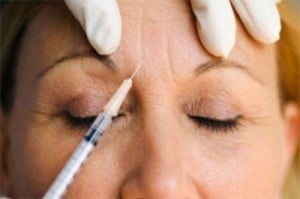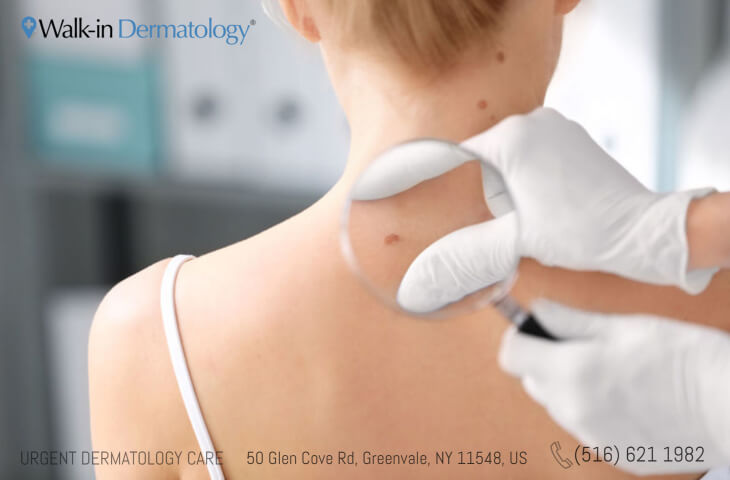Mohs Surgical Procedure Explained: A Key Treatment in Dermatology for Taking Care Of Skin Cancer Successfully
In the realm of dermatology, Mohs surgical treatment stands as a critical treatment for combating skin cancer cells, especially basal cell and squamous cell cancer. What exactly makes Mohs surgical procedure so reliable and exactly how does it add to positive patient end results?
Understanding the Basics of Mohs Surgery
Although it may seem facility, Mohs surgical procedure is an accurate medical strategy made use of predominantly to deal with skin cancer cells. Called after Dr. Frederic E. Mohs, that created the treatment, it supplies the greatest treatment rate for certain sorts of skin cancers cells, consisting of basal cell carcinoma and squamous cell carcinoma. The key purpose of Mohs surgical procedure is to get rid of all cancer cells while saving as much healthy and balanced cells as possible. It functions as a preferred alternative for cancers cells found in cosmetically sensitive or functionally crucial locations like the face, hands, feet, and genital areas. Its accuracy and high success rate have actually made Mohs surgical procedure a foundation in dermatology, providing hope to people worldwide. It's essential to note, however, that this treatment is generally booked for specific kinds of skin cancer.

The Treatment: Step-by-Step Break Down of Mohs Surgery
While Mohs surgery might appear overwhelming, recognizing the detailed procedure can assist demystify the process. If cancer cells are spotted, the cosmetic surgeon removes an additional layer of skin and the process is repeated. This cycle proceeds till no more cancer cells are found, ensuring the full elimination of cancer cells while protecting as much healthy and balanced skin as possible.
The Advantages of Mohs Surgical Procedure in Skin Cancer Cells Therapy
An impressive variety of patients have discovered the special advantages of Mohs surgical procedure in their fight versus skin cancer. Regarded for its precision, this method targets cancerous cells while preserving bordering healthy cells, leading to marginal scarring. Its high precision minimizes the chance of cancer reoccurrence, supplying people with satisfaction. The treatment is usually executed on an outpatient basis under local anesthesia, making it much less straining on the body than even more invasive surgical treatments. Additionally, as it involves instant microscopic assessment of the removed tissue, it ensures complete cancer cells removal in a solitary check out. Therefore, it eliminates the demand for multiple surgeries, saving time and decreasing anxiety for people. Mohs surgical procedure offers a premium alternative for reliable skin cancer cells treatment.
Feasible Dangers and Problems Related To Mohs Surgical Procedure
In spite of its various advantages, Mohs surgical procedure is not without prospective risks and difficulties. Like all operations, it lugs a danger of infection, bleeding, and a damaging reaction to anesthetic. In unusual cases, people may experience nerve damages, causing pins and needles or weak point in the location of surgery. click this There's additionally the possibility of a reappearance or spread of skin cancer, specifically if all cancerous cells were not completely eliminated during the treatment. Scarring is an additional concern, as it can be noticeable visit the site relying on the dimension and location of the treated location. The psychological influence of a skin cancer cells medical diagnosis and subsequent surgical treatment must not be ignored, as it can lead to anxiety and clinical depression in some patients.
Preparing for and Recuperating From Mohs Surgical Procedure: What to Anticipate
To make sure the finest possible end result from Mohs surgical treatment, clients need to effectively prepare for the treatment and understand what to anticipate during recovery. Some medications could require to be stopped before the surgery to minimize blood loss. The secret to recovery is individuals' adherence to their medical care company's guidelines.
Conclusion

Comments on “Protect your skin potential skin cancer with early detection and professional treatment options.”